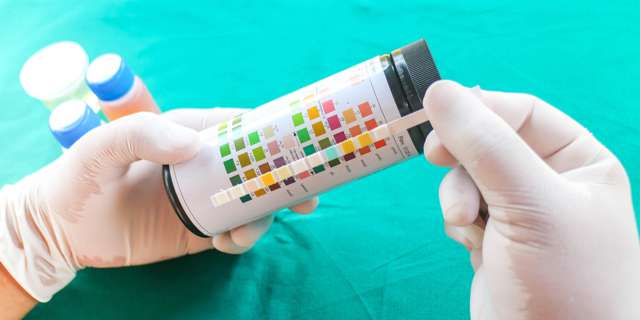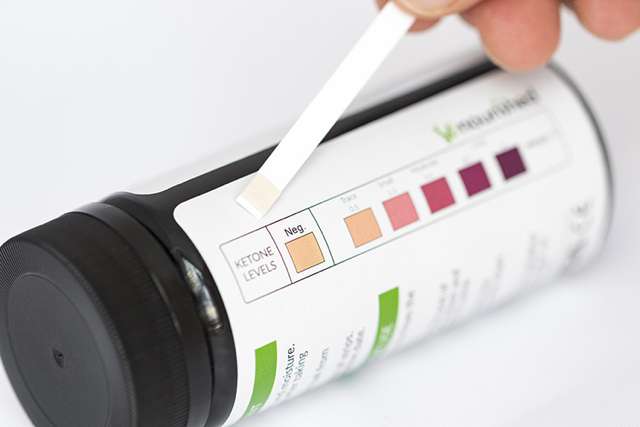
How to Improve the Accuracy of Your Medical Test Strips
To ensure that your medical test strips are as accurate as possible, you should use a color spectrophotometer to compare a sample test strip’s results to your existing color chart. A spectrophotometer is the best tool to use for color quality control because the instrument is capable of detecting even subtle variations between colors and objectively quantifying color information. This is essential when you are designing a new medical test strip product and creating a reliable color chart that your customers can follow when they use your products. You can use a spectrophotometer to set color standards for all of your medical strip products.
For example, if you’re creating a new strip that tests for ketosis levels, you must coat the testing paper in a substance that changes color when it comes into contact with acetoacetate in urine.5 This coating typically ranges from a pale beige color when little acetoacetate is present to a deep shade of brown or purple when high levels of acetoacetate are present. All ketosis test strips use the same type of coating to get the most accurate results, however, the reliability and accuracy of the test strips depend on how detailed the color chart is.
To ensure that your color chart is reliable, you can expose your sample test strips to different levels of acetoacetate and then test the color of these samples using a spectrophotometer. Once you have your spectrophotometric color results, you can then create a paper color chart that matches these sample colors perfectly. A spectrophotometer allows you to get an exact color match between your test strips and your chart, which in turn improves the quality of your final test strip product.
The ColorFlex L2 spectrophotometer is a useful tool for medical test strip manufacturers who want to ensure that their strips and color charts align. The instrument measures color the way the human eye sees it, which is critical when performing color quality control tests on medical strips; your customers will need to perform visual analysis on your product, so it’s important that the color of the test strip and the color chart appear consistent to the naked eye. The compact size of the instrument also makes it easy to use even in cramped laboratory conditions. Moreover, the ColorFlex L2 can store as many as 250 different product standards and 2,000 sample measurements at a time, making it ideal for setting multiple color standards for each of your medical test strip products.

Inconsistent colors in medical test strips could lead to misdiagnosis or other medical complications. Image Source: SoNourished


